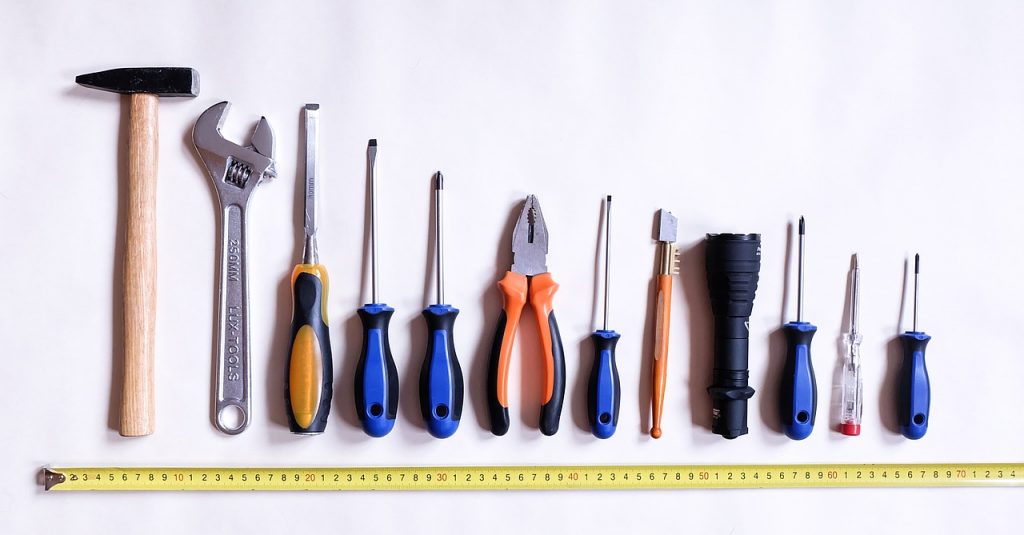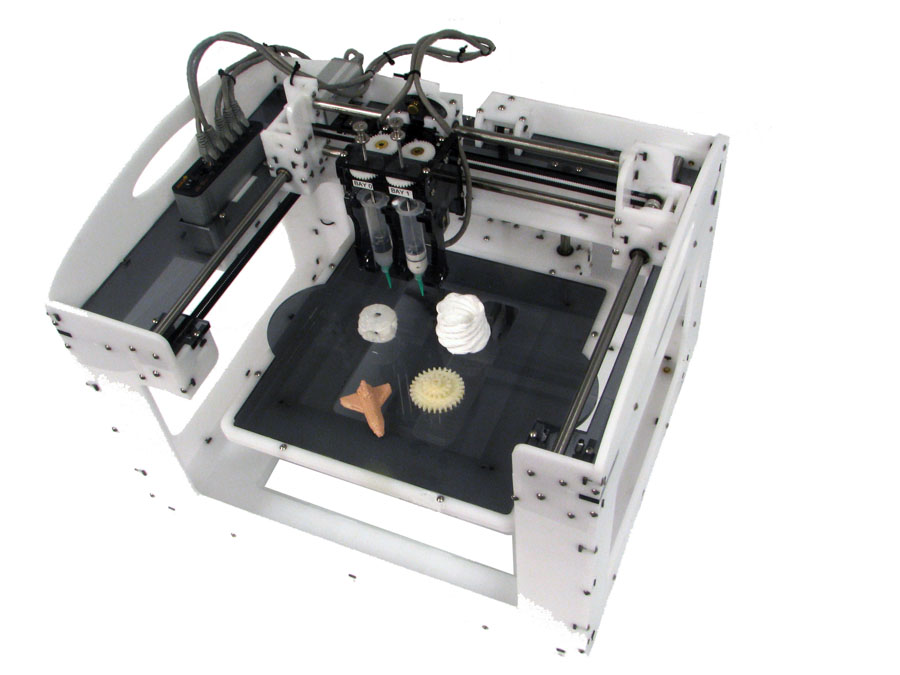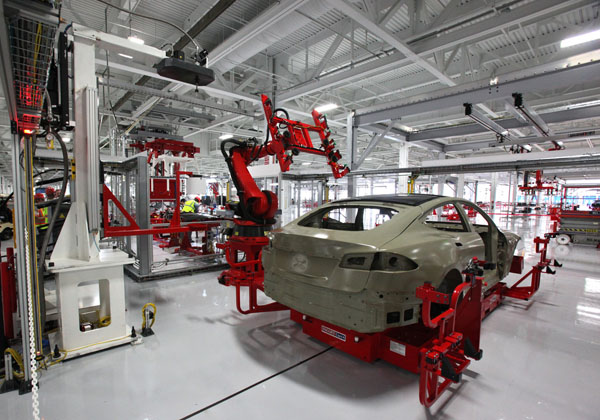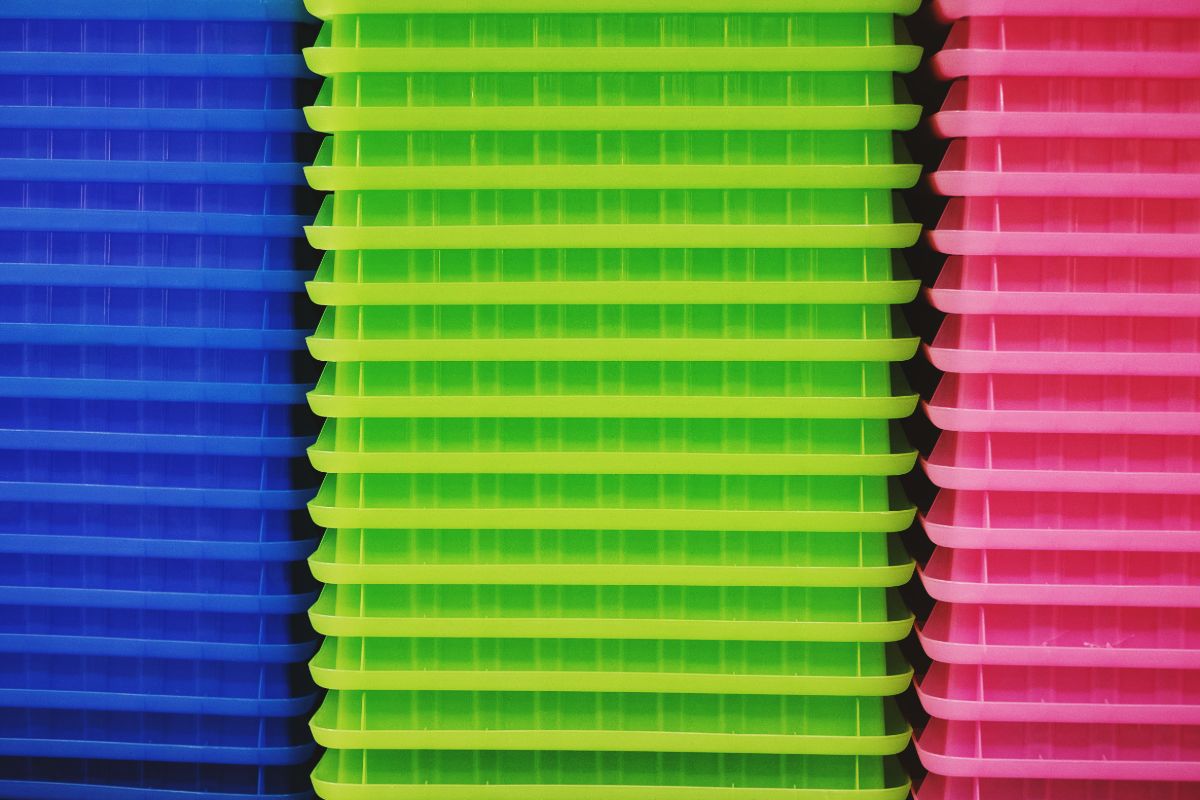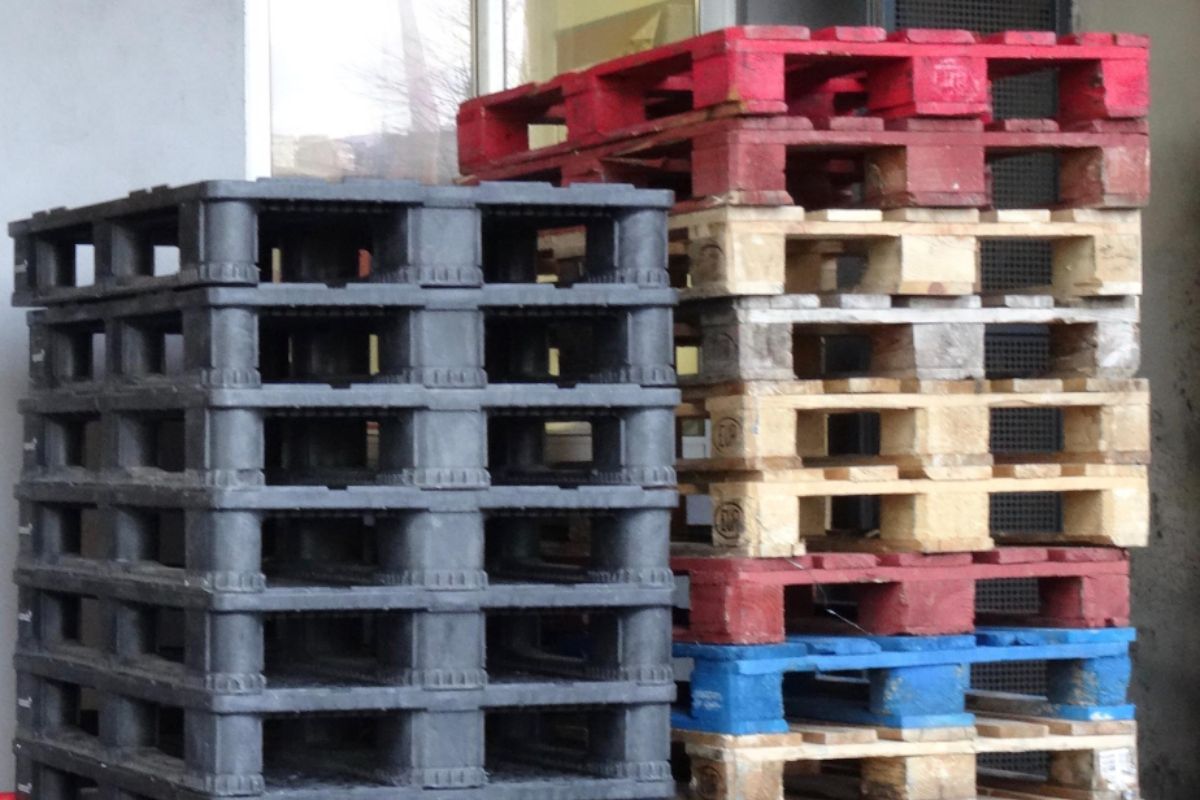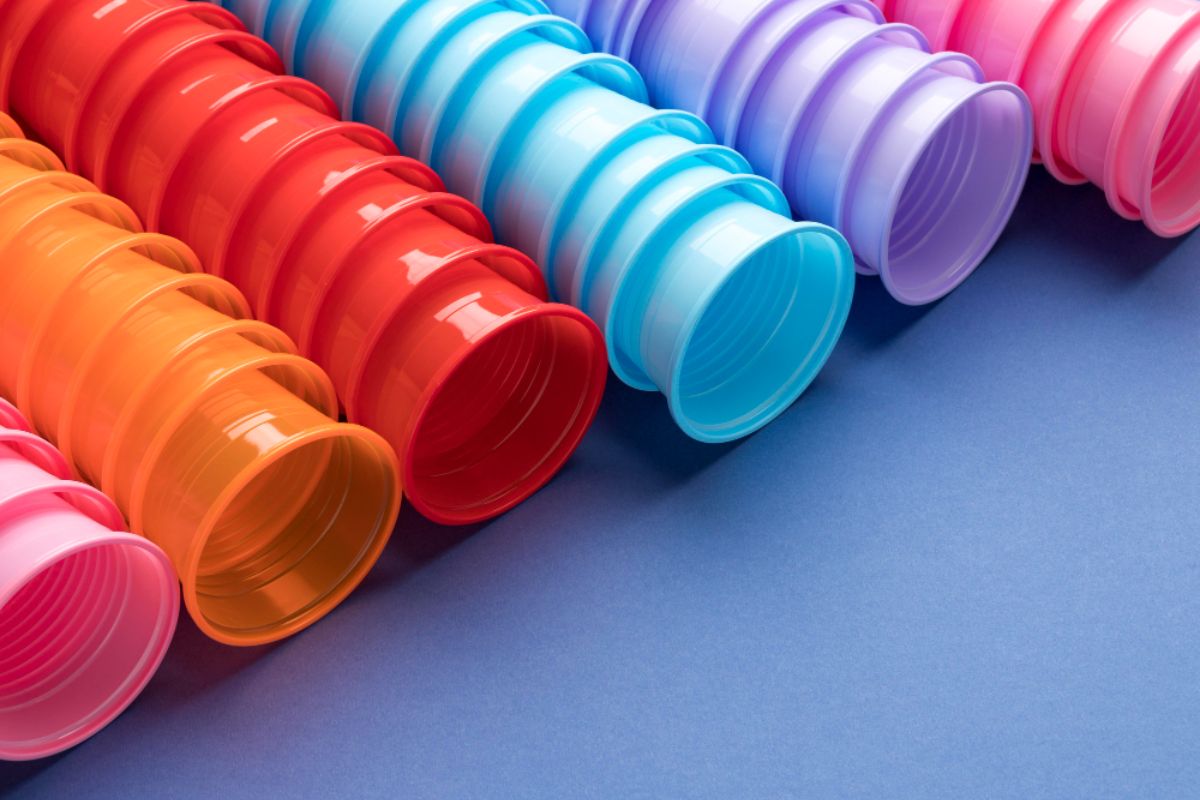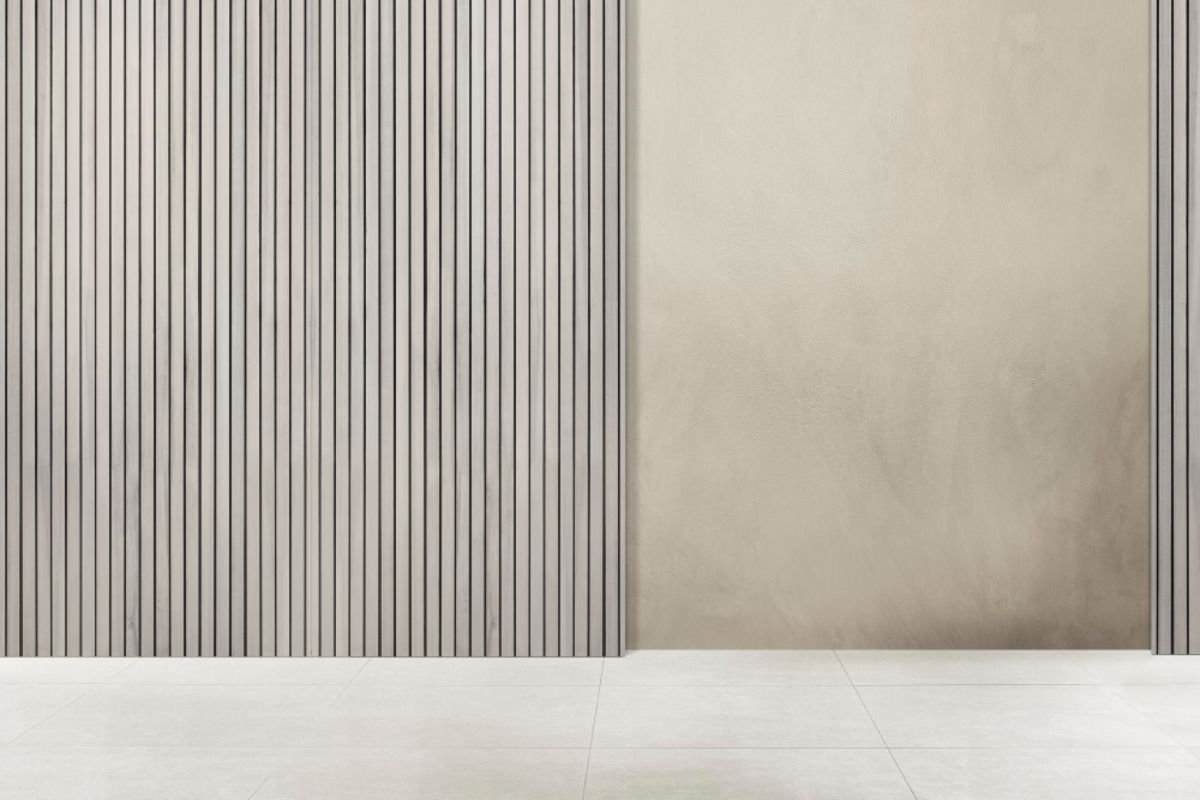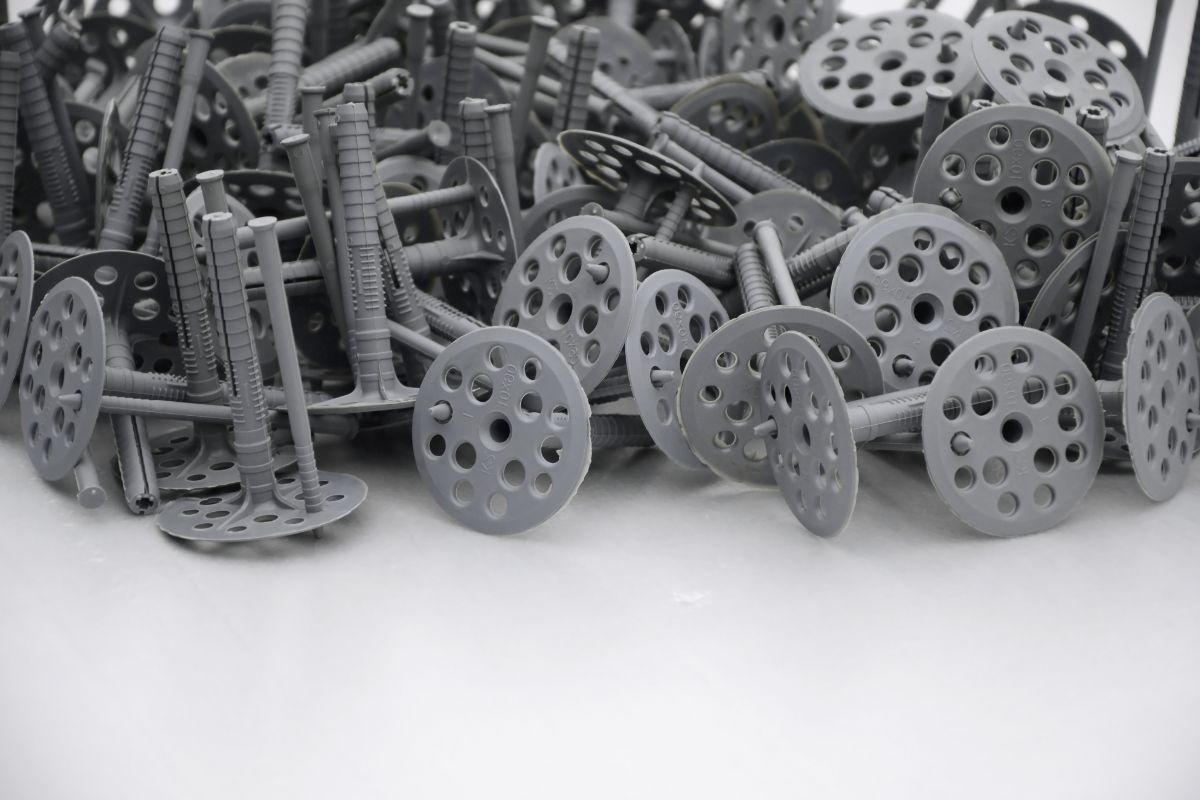What are the advantages of overmolding?
- Cost-effective and faster process
- Creates a gripping surface
- Electric insulation
- Increased durability
Plastic injection molding is not only one of the most reliable and efficient manufacturing processes in the world, but it is also very versatile. Injection molding allows manufacturers to create products of different shapes and sizes. It can add a wide array of colors and functionality as well as integrate plastic into different materials.
For the latter, this is a process called overmolding. Overmolding has become a fundamental manufacturing process for different plastic molding companies across the globe. Due to the rapid progress in manufacturing technology, there have been numerous innovations in the plastic injection molding industry. Overmolding is one of the processes that aim to expand plastic manufacturing capabilities.
What is plastic overmolding?
Also known as insert molding, overmolding is a process in which a product is created using two different types of plastic. This can also be a combination of plastic and other materials such as rubber or metal. To accomplish this manufacturing process, the first material is injected into the mold to provide the base layer for the final product. Once the base layer has been inserted, an additional layer is then added on to the first part, creating the final product.
This process is the same when integrating rubber and metal. The materials need to be injected with plastic to create the product. Overmolding is also a process that requires precision and expertise. This is because some products have to be handled with care during the manufacturing process. Nevertheless, overmolding has become a more common manufacturing method in the injection molding industry.
Advantages of overmolding
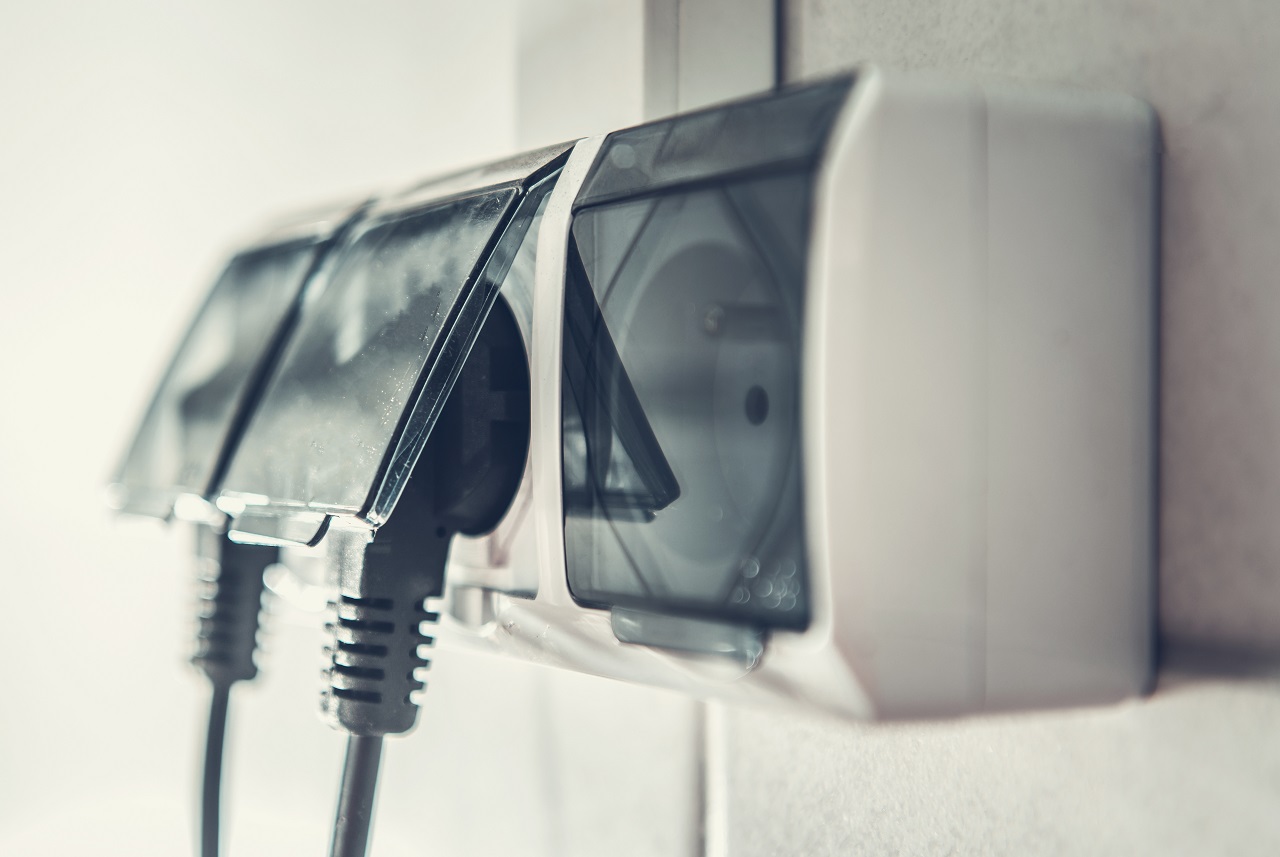
Compared to standard plastic injection molding, overmolding is a manufacturing process that involves the use of multiple materials. This helps create a more diverse range of products that makes it a popular process in the injection molding industry. Here are some of the reasons why overmolding has become a sought-after process in plastic manufacturing.
Cost-effective and faster production
In other manufacturing industries, using multiple materials to create a single product can be costly as these processes tend to use a multitude of resources and machinery. Overmolding avoids these disadvantages by providing a process that is as fast and reliable as regular plastic injection molding. This process can also be done without sacrificing the time and cost it takes to manufacture plastic products.
These reasons make overmolding an efficient way to manufacture multiple products. The ability to combine two different materials means that the need to manufacture two different parts separately is lessened, allowing for faster production time. The plastic injection molding industry is known for being able to manufacture a high number of products in a short amount of time. The use of overmolding makes the process even more efficient and versatile than before.
Create a gripping surface
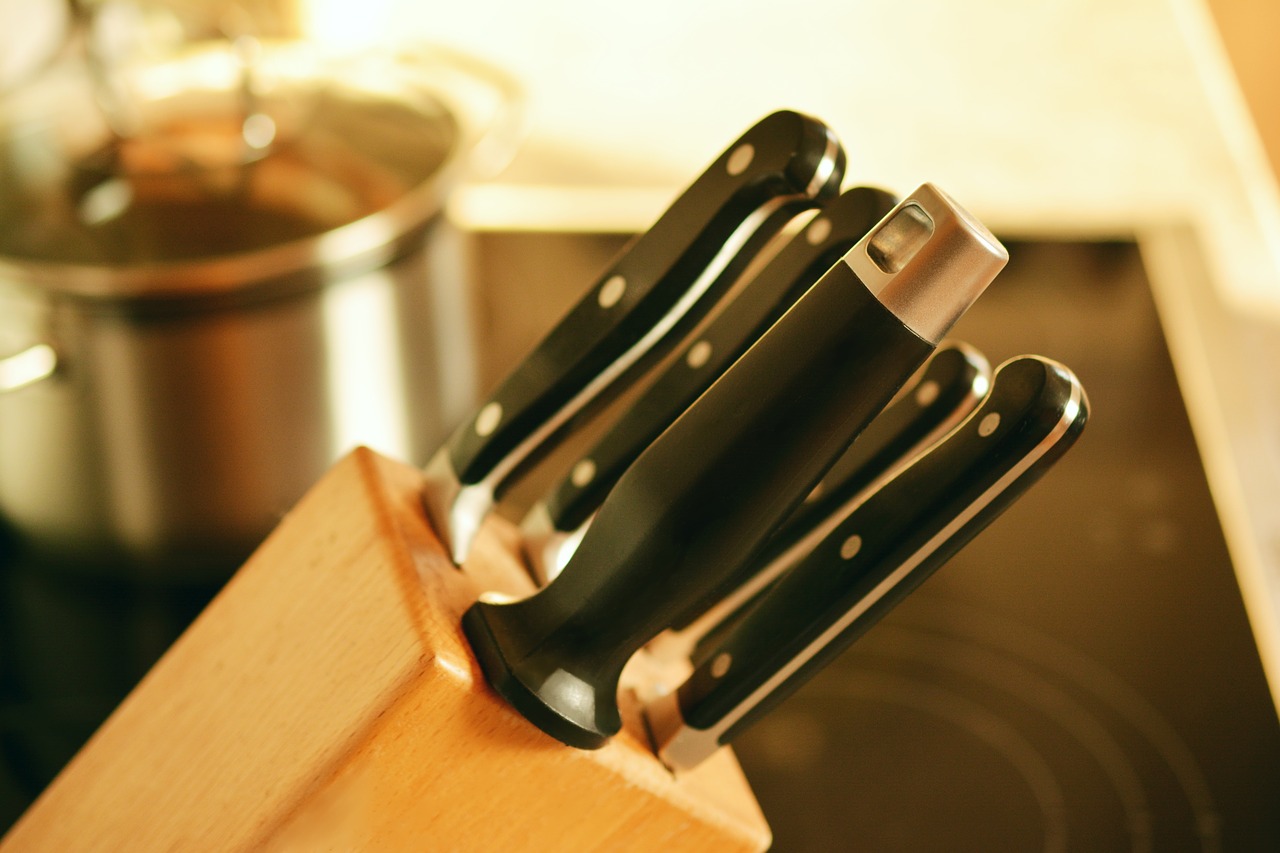
Another benefit of overmolding is that the production process helps provide products with gripping surfaces for better and safer product handling. This is best demonstrated with kitchen and cutting products. These products have sharp edges and surfaces that require proper and safe handling. The use of overmolding can provide a safe area where the product can be gripped. This process is common for metal products that require rubber and plastic to provide a safe holding surface. This is also very good in terms of ergonomics, making the final product much easier to handle and use overall.
Electric Insulation
The use of rubber materials is common in overmolding as it provides a strong and flexible surface for plastic products. Along with being very durable and easy to handle, rubber also provides plastic products with the necessary insulation that can protect it from electric discharge. Overmolding helps create products that provide good electric insulation qualities, which can be used to manufacture electrical products.
Increased durability

The use of two materials in one product is not only very efficient, but it also makes the final product more durable. Overmolding lessens the need to assemble and combine two materials or parts together by hand. It can combine them during the manufacturing process itself. Overmolding creates a more durable plastic surface that can last longer, providing higher quality products. The combination of two plastics also makes for stronger and more robust products, which is why overmolding is a manufacturing process that is highly sought-after.
Key Takeaway
Plastic manufacturing has become increasingly versatile and varied over the past few years. Overmolding is one of the processes that has helped diversify the process. With the ability to integrate two different materials together to form the final product, overmolding is a method that provides more efficiency and high-quality products. With overmolding looking to become a more widespread practice, you should expect to see a more diverse range of plastic products with varied functionality.
